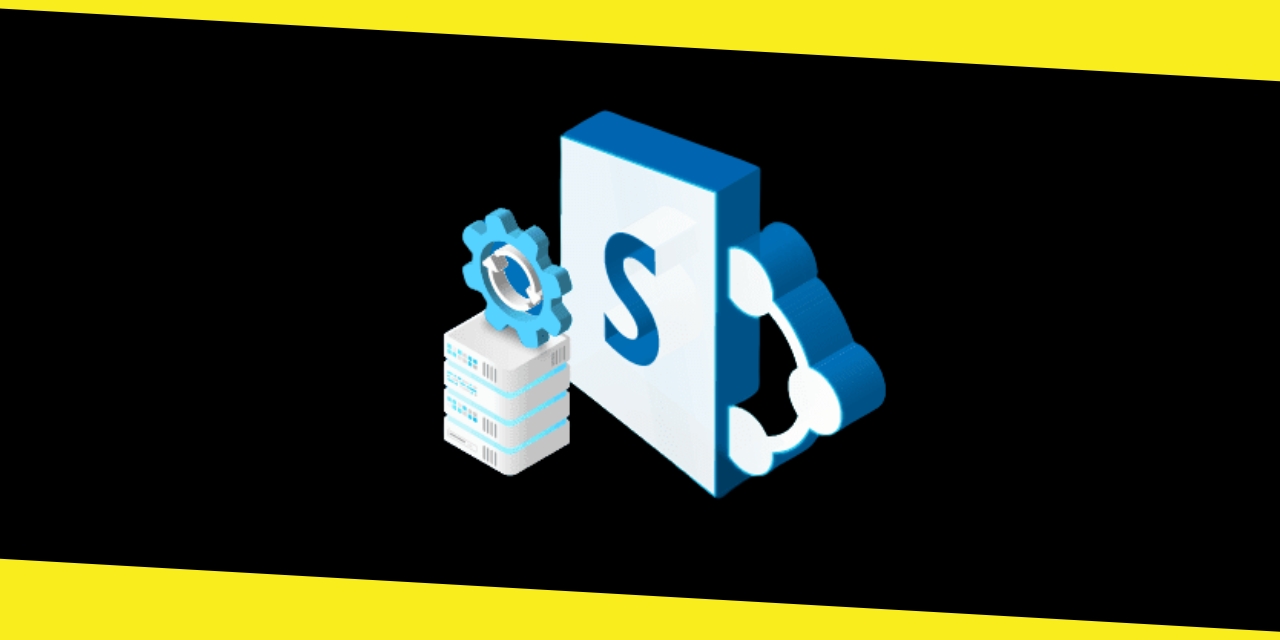Tips for Ensuring Security and Compliance in Your Documentum to SharePoint Migration

Migrating from one content management system to another can be a daunting task. When moving from Documentum to SharePoint, it’s crucial to ensure that the migration process is secure and compliant to protect sensitive information and maintain regulatory standards. In this article, we’ll discuss the challenges associated with Documentum to SharePoint migration and offer tips to ensure a smooth, secure, and compliant transition.
Contents
ToggleWhy Migrate from Documentum to SharePoint?
Organizations often choose to migrate from Documentum to SharePoint for several reasons:
- SharePoint offers a more user-friendly interface.
- SharePoint provides better integration with other Microsoft products.
- SharePoint is more cost-effective.
- SharePoint enables easier collaboration and sharing among team members.
While there are many benefits to migrating from Documentum to SharePoint, the process can be complex and time-consuming.
Challenges in Documentum to SharePoint Migration
There are several challenges when migrating from Documentum to SharePoint:
- Data Security and Compliance: Ensuring that sensitive information is protected during the migration process is crucial. You must also adhere to regulatory compliance standards.
- Content Organization: SharePoint uses a different structure than Documentum, so you’ll need to plan for how your content will be organized in the new system.
- Metadata and Taxonomy: You must ensure that metadata and taxonomy are preserved during the migration to maintain searchability and organization.
Steps for a Secure and Compliant Migration
Follow these steps to ensure a secure and compliant Documentum to SharePoint migration:
- Assess Your Current Documentum Environment: Identify the content that needs to be migrated and any associated metadata, permissions, or workflow configurations. Determine which content can be archived or deleted.
- Plan Your Migration: Develop a migration plan that includes timelines, resources, and budget. Include contingency plans for potential challenges or roadblocks.
- Ensure Data Security: Encrypt data during the migration process and restrict access to the migration environment. Leverage SharePoint’s security features to protect sensitive information.
- Implement Compliance Measures: Adhere to regulatory compliance standards, such as GDPR or HIPAA. Consult with your legal team or compliance officer to ensure that all requirements are met.
- Test and Validate the Migration: Conduct thorough testing of the migrated content to ensure that everything has been transferred correctly and securely. Validate that permissions, metadata, and workflows are functioning as intended.
Tips for a Smooth Documentum to SharePoint Migration
- Prioritize Your Content: Focus on migrating high-priority content first to ensure a smooth transition for users.
- Preserve Metadata and Taxonomy: Use migration tools that can maintain metadata and taxonomy during the migration process.
- Leverage SharePoint’s Security Features: Take advantage of SharePoint’s security features, such as permissions, versioning, and auditing, to protect sensitive information and maintain compliance.
- Train Your Staff: Provide training for your team members on SharePoint’s features and functionality to ensure a smooth transition and maximize user adoption.
Conclusion
Migrating from Documentum to SharePoint can be a complex process, but with proper planning and execution, it can lead to a more user-friendly, efficient, and secure content management system. By following the tips outlined in this article, you can ensure a smooth, secure, and compliant Documentum to SharePoint migration that benefits your organization and its users. Tzunami is a leading expert in the field of SharePoint migration, and their expertise can help guide you through this process.
Recommended For You
Extruded Aluminum, an Ideal Material Applied to the Construction Industry
Most Inside
Most Inside offers high-quality recommendations and valuable updates to enhance all aspects of your life, providing premium guidance and enriching experiences.




